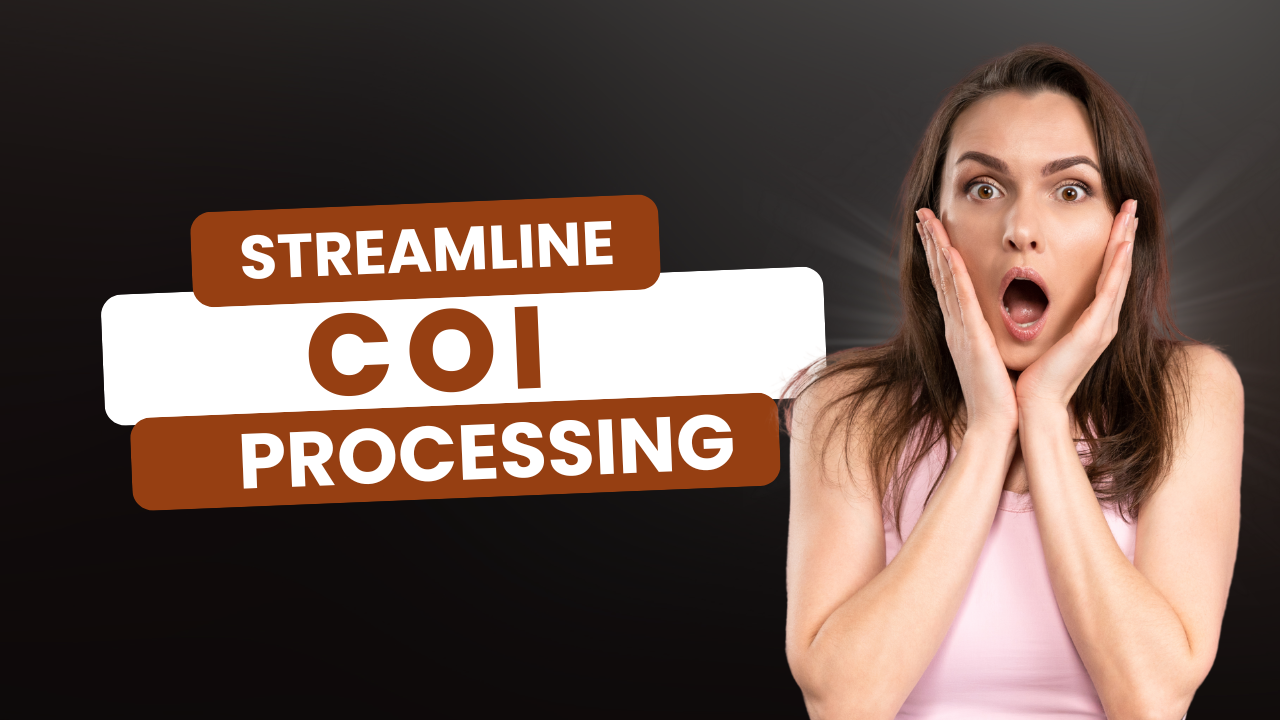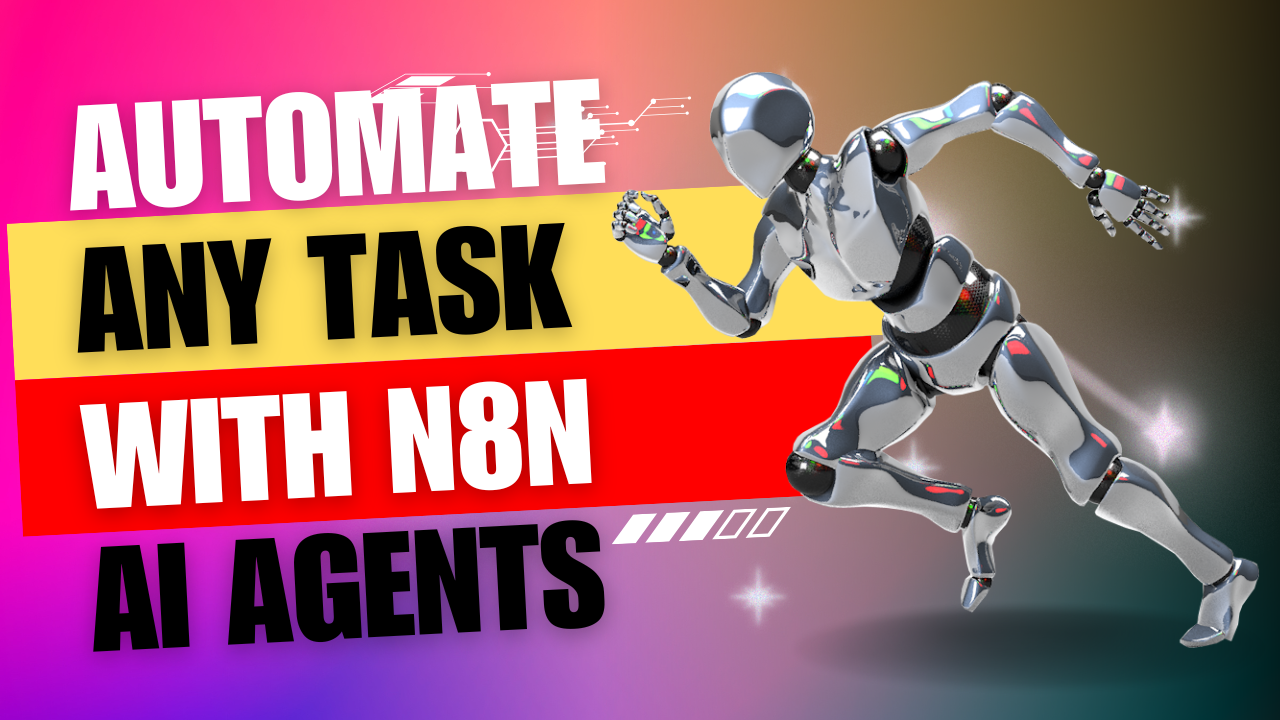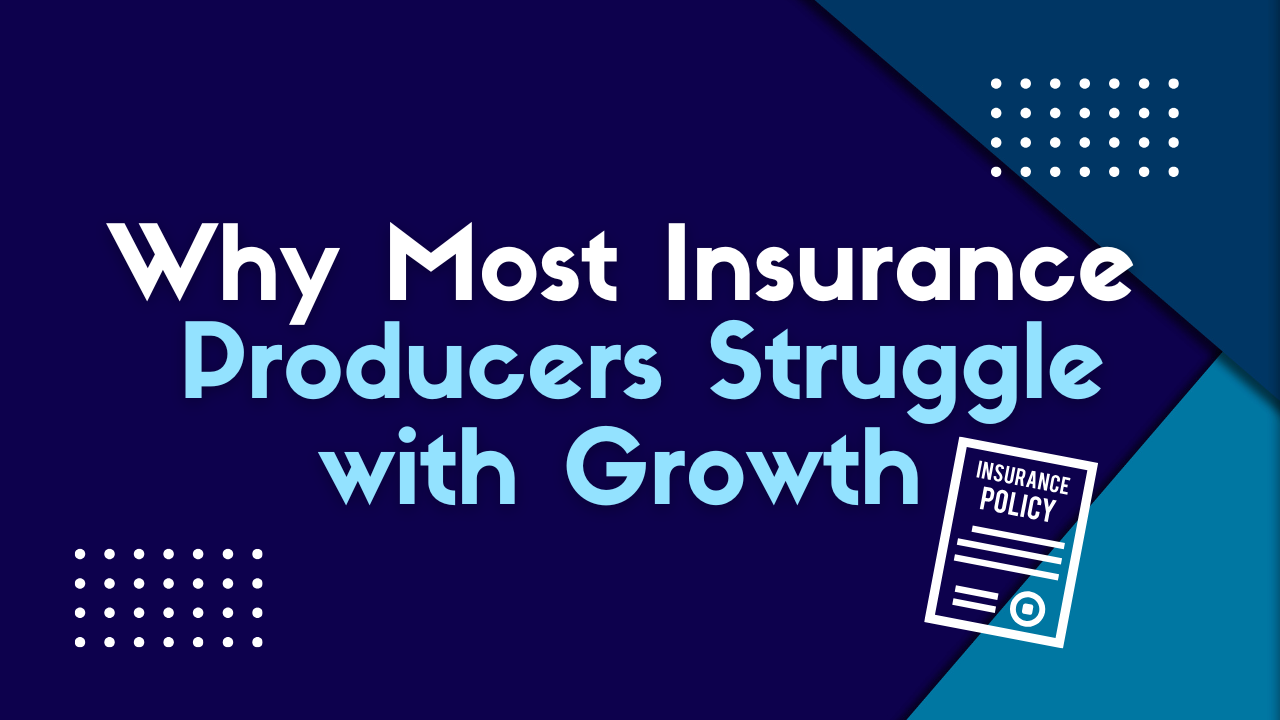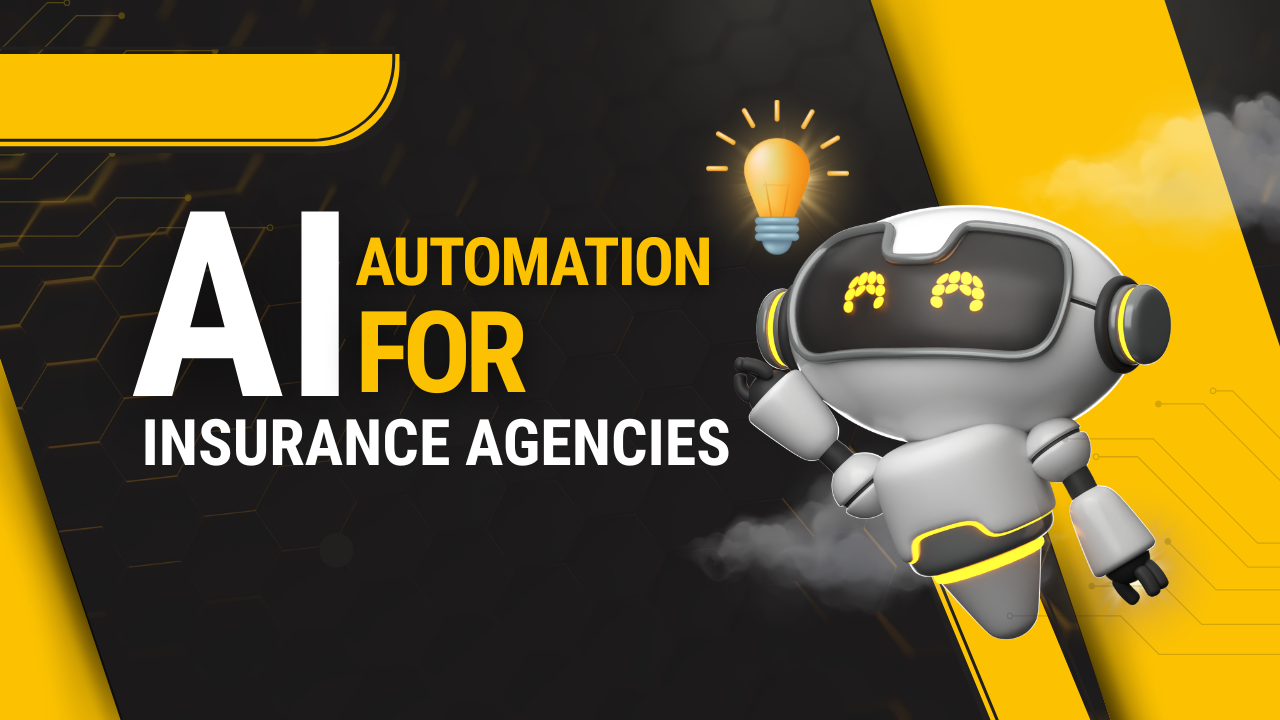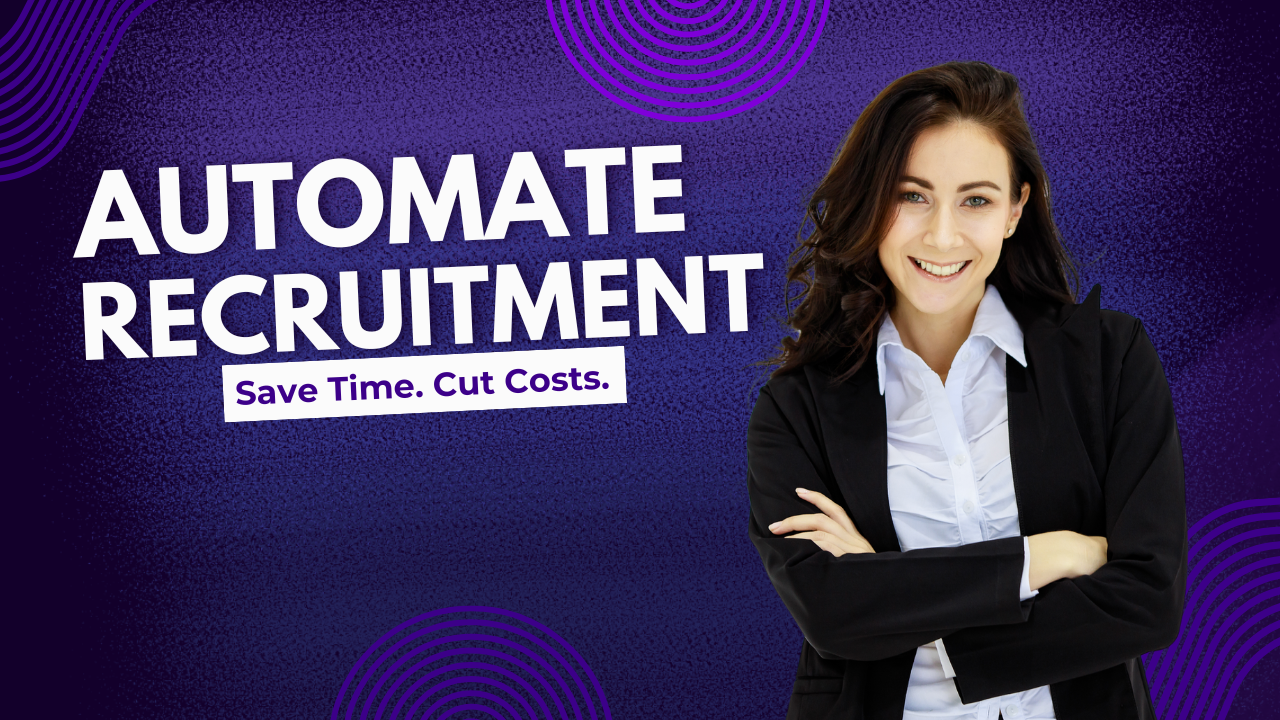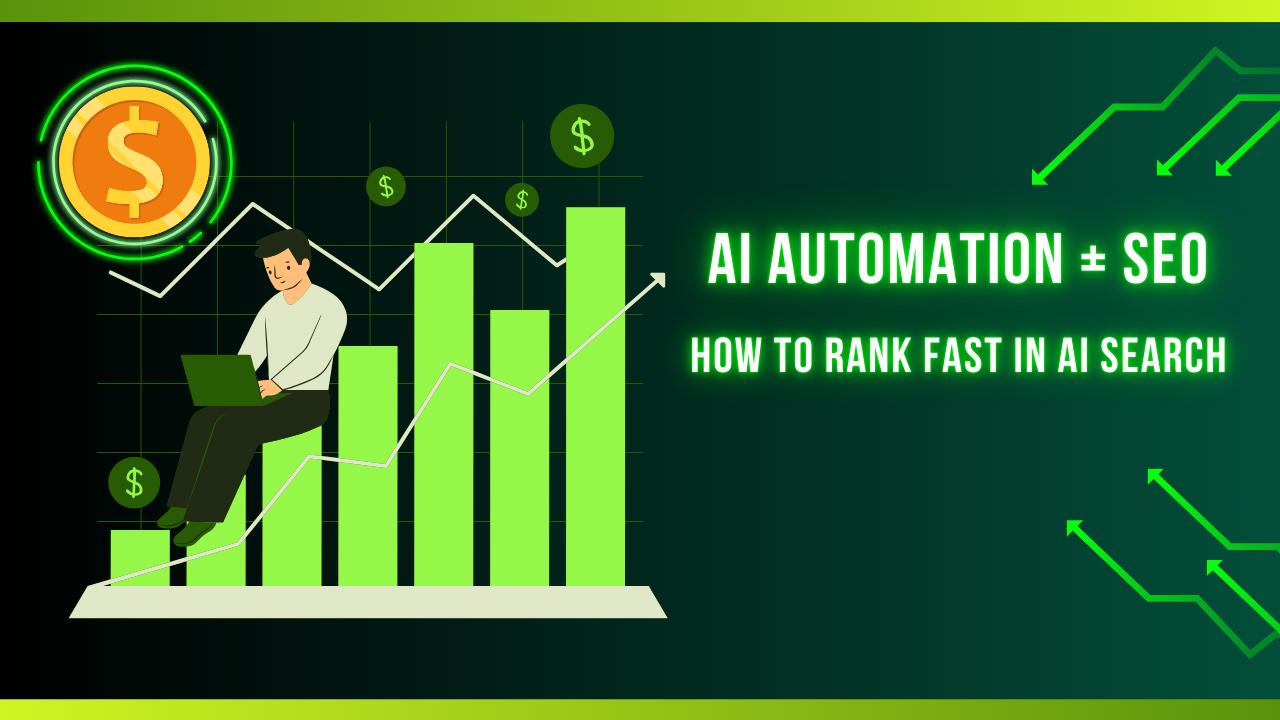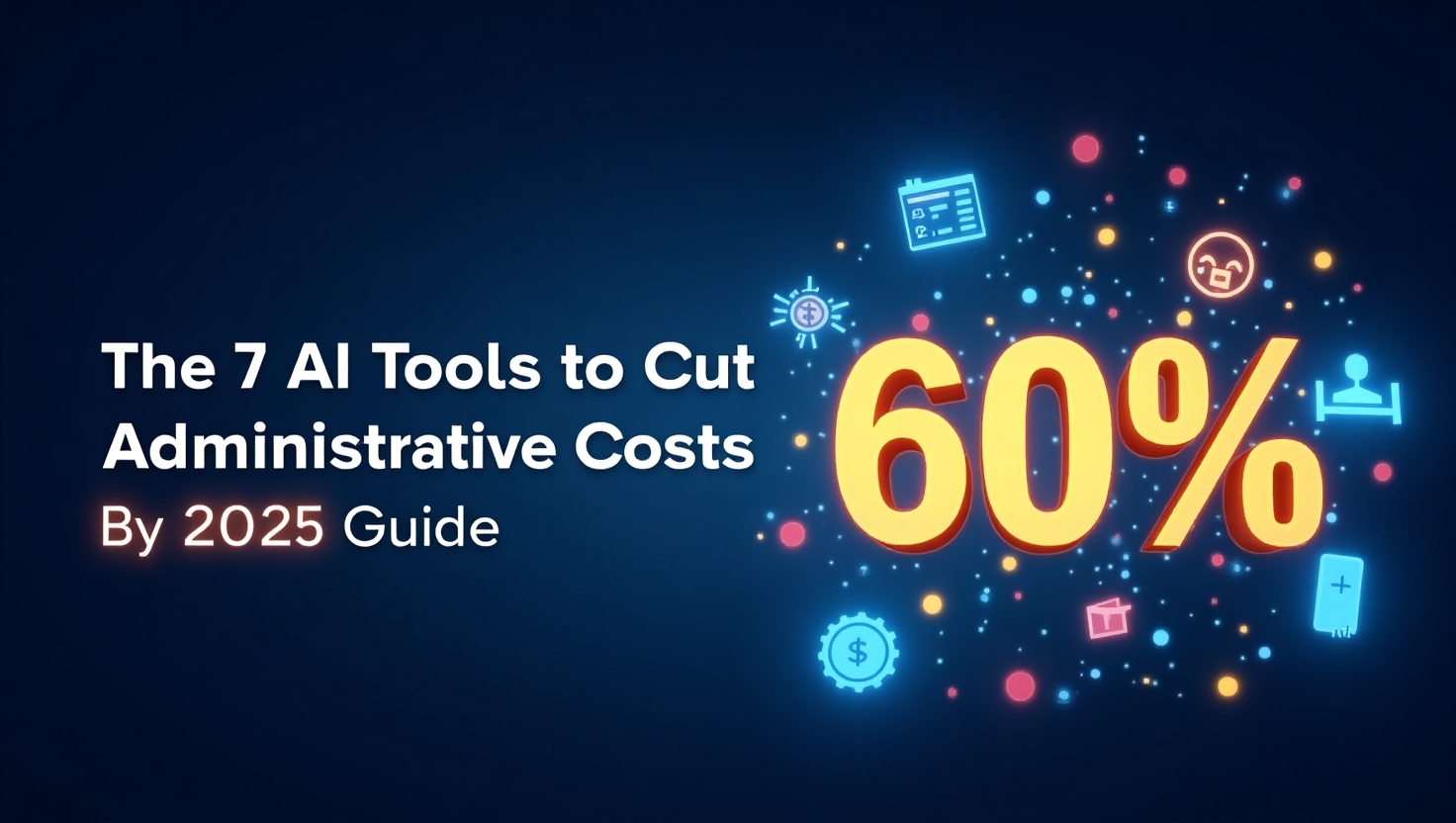The property and casualty (P&C) insurance sector is a cornerstone of risk management, offering crucial protection to individuals and businesses. Understanding the lifecycle of a P&C insurance policy is essential for insurers, policyholders, and industry professionals to optimize processes and enhance customer satisfaction.
In this article, we explore the detailed stages of a P&C insurance policy and how Virtual Nexgen Solutions' virtual assistant services can help insurance agencies streamline their operations, improve efficiency, and reduce administrative burdens.
What is Property & Casualty Insurance?
Property and casualty insurance, commonly known as P&C insurance, provides coverage against property loss and liability for damages caused to others. It is a fundamental part of the insurance industry, safeguarding businesses and individuals from unforeseen risks.
Main Categories of P&C Insurance:
-
Property Insurance:Covers physical assets such as homes, vehicles, and business properties against damages or losses.
-
Casualty Insurance:Protects policyholders against legal liabilities resulting from injuries or damages caused to third parties.
With increasing regulatory requirements and customer expectations, insurance agencies need efficient workflows to manage policy administration. This is where virtual assistant services play a crucial role in optimizing operations.
Stages of the Property & Casualty Insurance Policy Lifecycle.
The lifecycle of a P&C insurance policy comprises several distinct phases. Understanding each stage is essential for both insurers and policyholders.
1. Quotation Phase.
The policy lifecycle begins when customers request insurance quotes. Insurance providers analyze multiple factors, including:
- Type of coverage required.
- Value of the property.
- Risk assessments.
- Historical claims data.
How Virtual Assistants Help:
- Automate quote generation and follow-up emails.
- Organize client information for quick retrieval.
- Provide real-time customer support through chatbots or live assistance.
2. Underwriting Phase.
In this stage, underwriters assess risks based on:
- Applicant’s risk profile.
- Market conditions and actuarial data.
- Prior claims history.
The objective is to determine eligibility and set appropriate policy premiums.
How Virtual Assistants Help:
- Conduct risk assessments using AI-driven data analysis.
- Cross-check client information with databases for accuracy.
- Streamline communication between underwriters and clients.
3. Policy Issuance.
Upon successful underwriting, the insurance provider issues the policy, outlining:
- Coverage details.
- Policy limits.
- Premium amount.
- Terms and conditions.
How Virtual Assistants Help:
- Help with policy document generation and delivery.
- Maintain digital records for easy access and retrieval.
- Notify clients about policy activation and key details.
4. Policy Maintenance.
Ongoing management is critical to ensuring compliance and customer satisfaction. Maintenance activities include:
- Premium Payments: Ensuring timely payments to avoid policy lapses.
- Policy Adjustments: Updating coverage as needed.
- Customer Support: Addressing queries and concerns promptly.
How Virtual Assistants Help:
- Send payment reminders and confirmations.
- Process policy adjustments based on client requests.
- Offer 24/7 customer support for queries and documentation.
5. Claims Process.
When policyholders file a claim, insurers follow a structured process:
- Claim Submission: Policyholder submits details of the loss.
- Investigation: Insurers validate the claim’s legitimacy.
- Payment Processing: Approved claims are settled based on policy terms.
How Virtual Assistants Help:
- Help with initial claim intake and verification.
- Assist in document collection and submission.
- Provide real-time claim status updates to clients.
6. Renewal or Cancellation.
As the policy nears expiration, policyholders can either renew or cancel the policy:
- Renewal: Reviewing and adjusting the coverage as per evolving risks.
- Cancellation: Ending coverage due to non-payment or change in requirements.
How Virtual Assistants Help:
- Send renewal reminders and follow-up notifications.
- Process renewal requests efficiently.
- Handle policy cancellations and documentation.
The Role of Virtual Assistants in Insurance Agency Operations.
Insurance agencies face increasing operational challenges, from managing customer queries to handling complex claims processes. Virtual assistants provide:
- Administrative Support: Managing documents, scheduling, and data entry.
- Customer Engagement: Providing real-time support via chat and email.
- Process Automation: Streamlining repetitive tasks like claims processing and policy updates.
Why Choose Virtual Nexgen Solutions?
At Virtual Nexgen Solutions, we specialize in providing dedicated virtual assistant services tailored for insurance agencies. Our trained professionals assist in policy management, claims processing, customer service, and administrative support, helping your agency improve efficiency and focus on business growth.
Boost your insurance agency’s productivity today! Contact us to learn how our virtual assistants can streamline your operations.
Conclusion
Understanding the property and casualty insurance policy lifecycle is crucial for insurers and clients alike. Each stage, from quotation to claims processing, requires precision and efficiency. By leveraging virtual assistant services, insurance agencies can optimize their workflows, reduce administrative burdens, and enhance customer satisfaction.
Stay updated with industry trends, processes, and enhance operational efficiency with Virtual Nexgen Solutions. Contact us today to explore our tailored solutions for your insurance agency!












